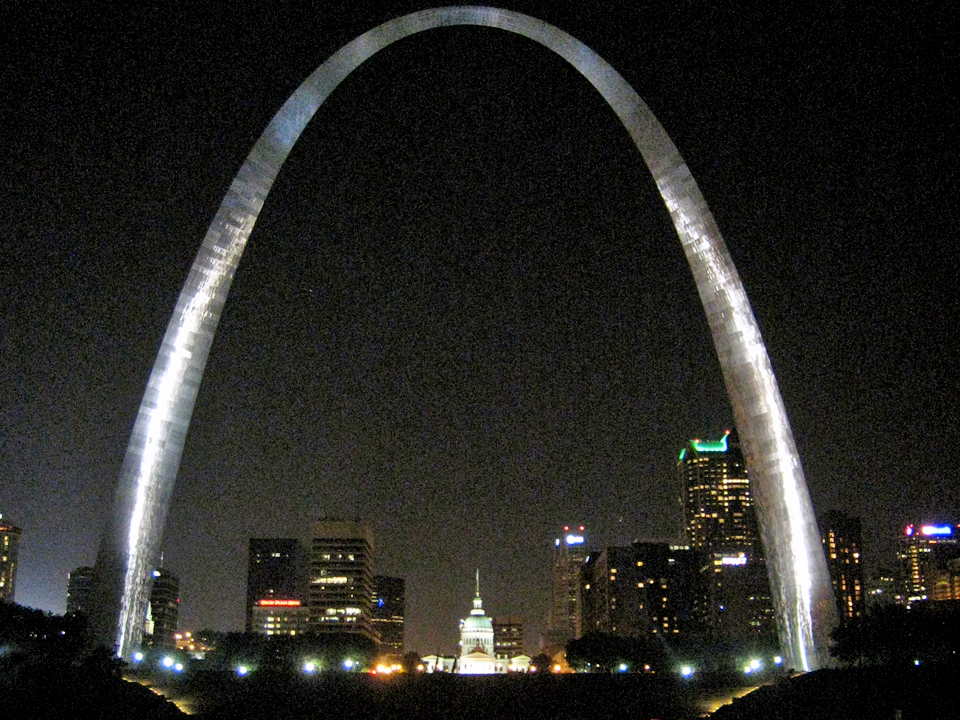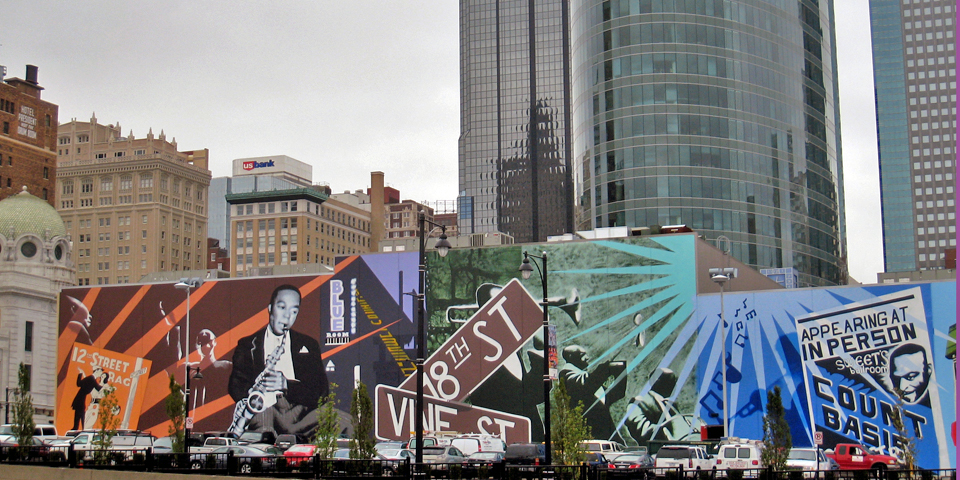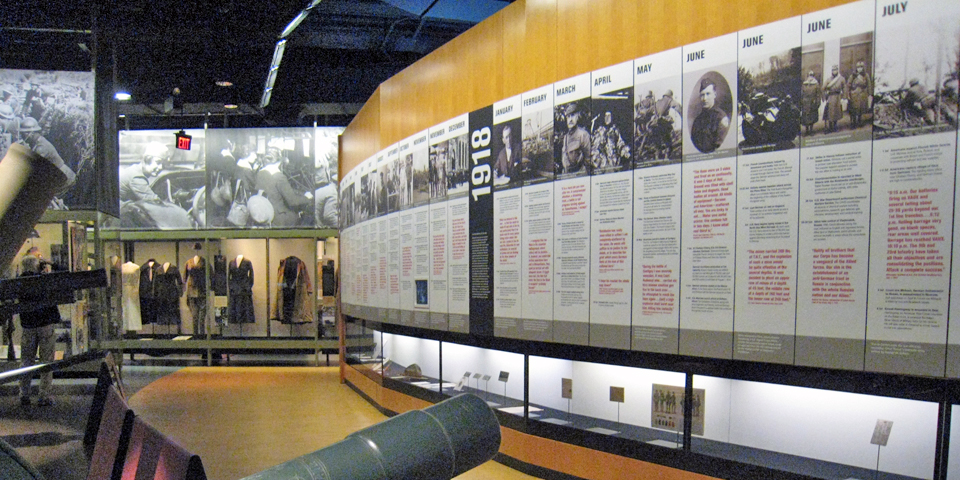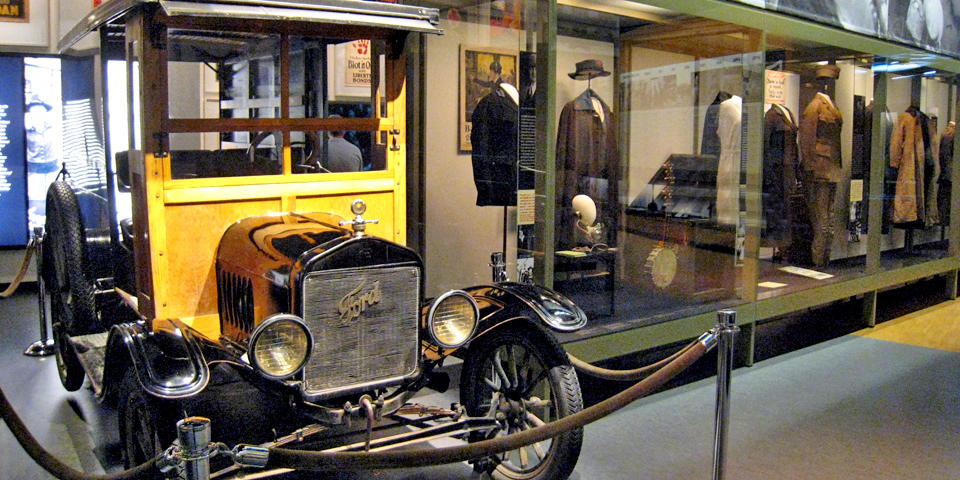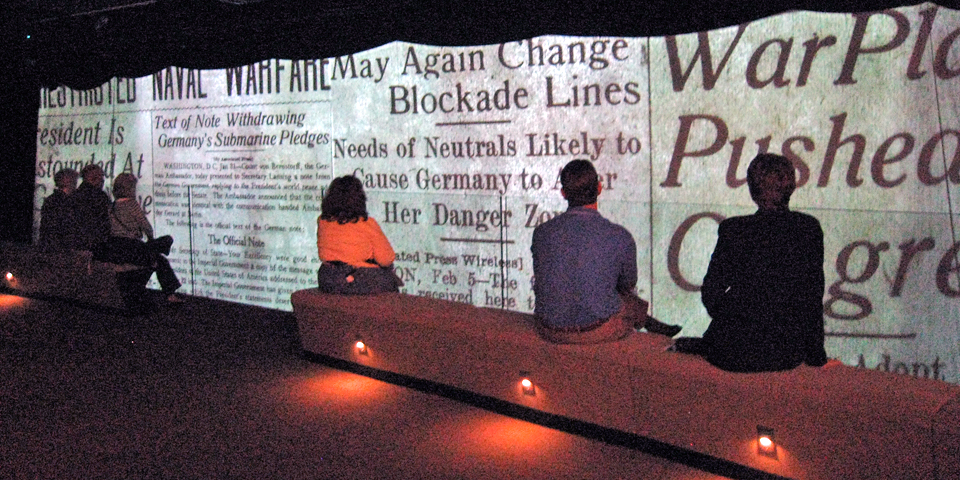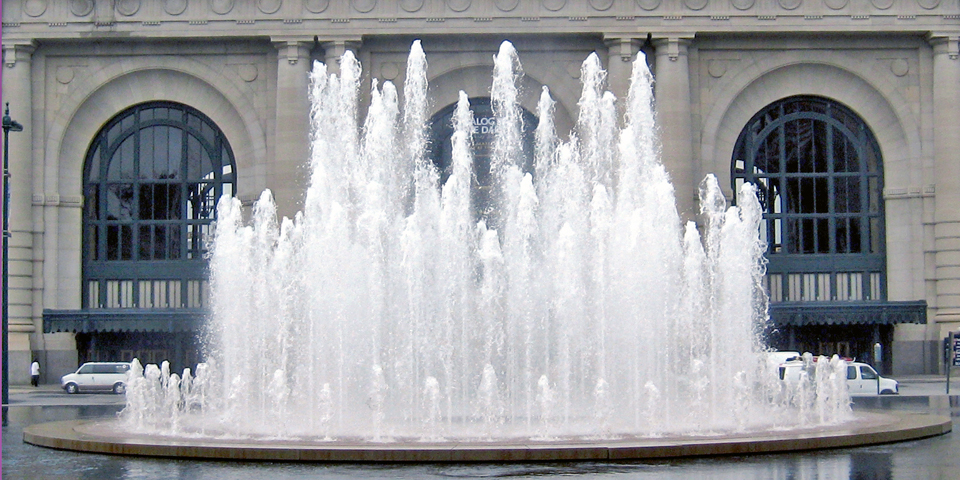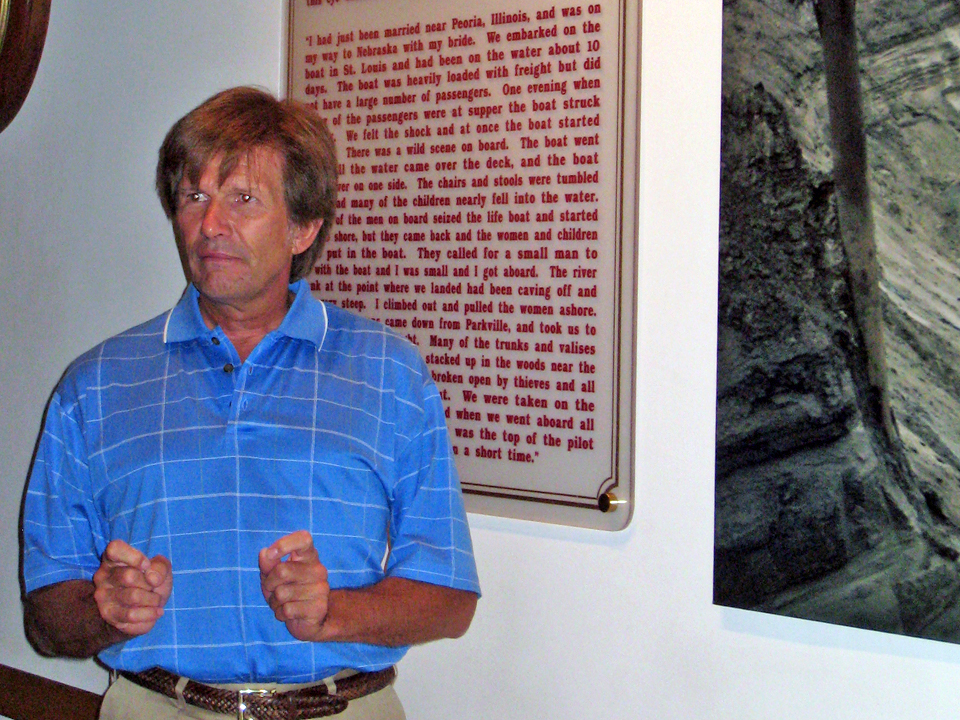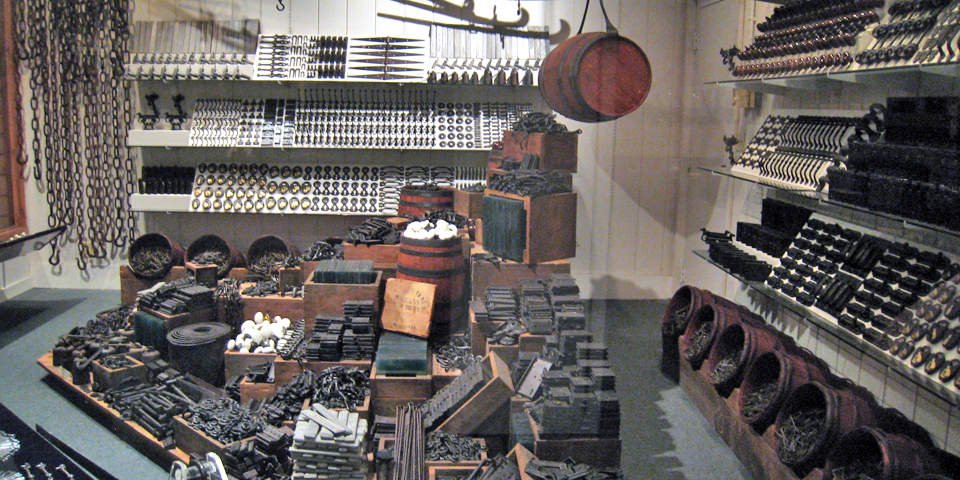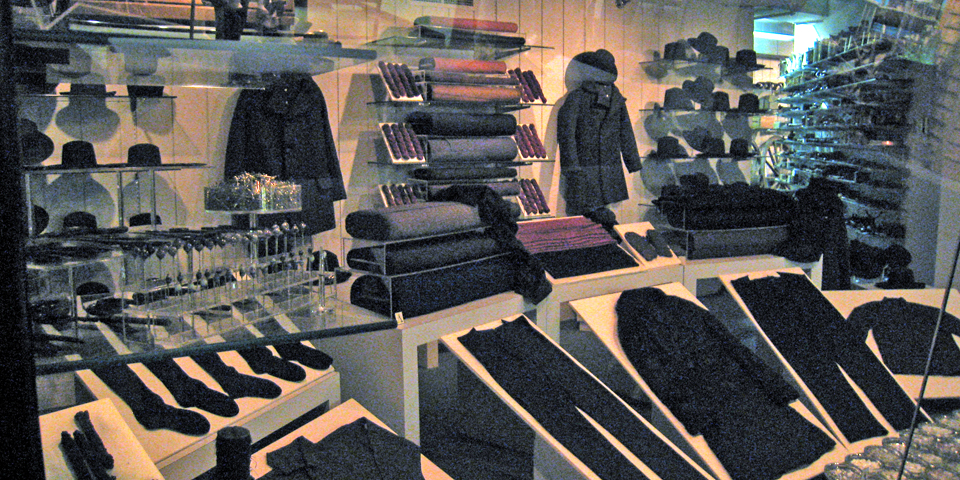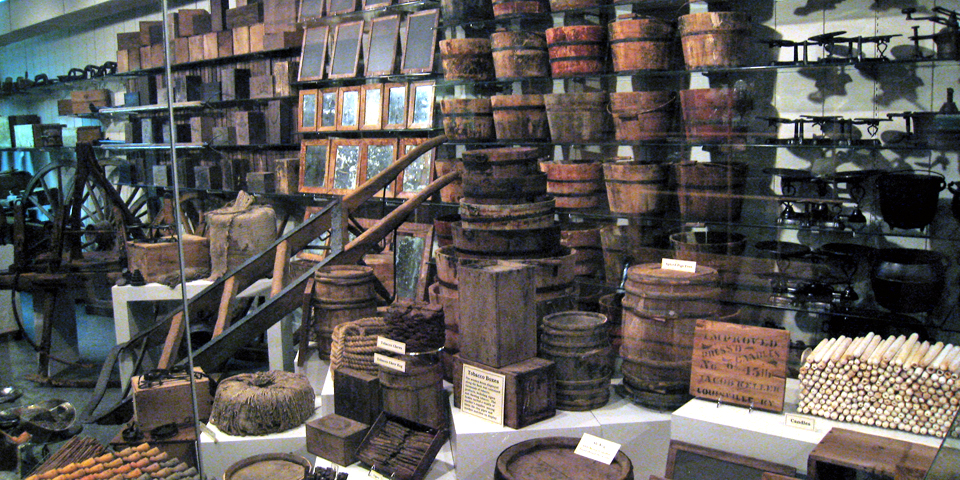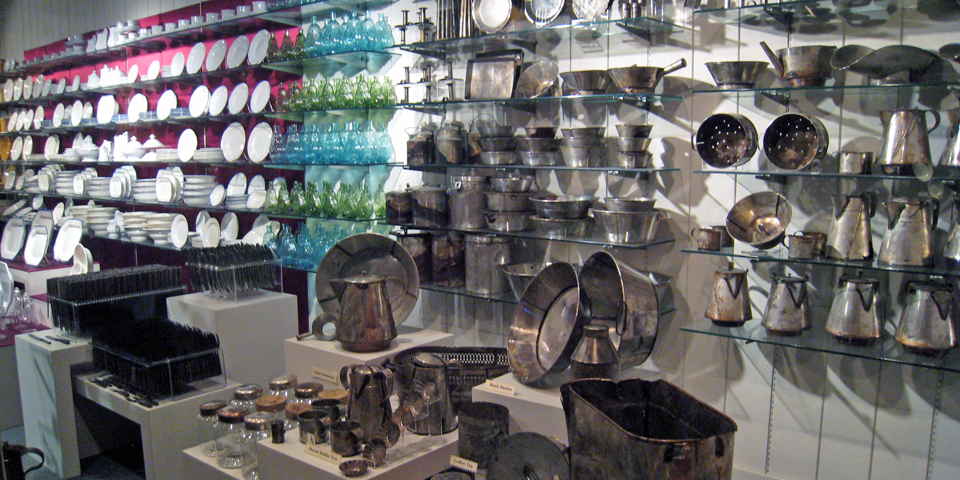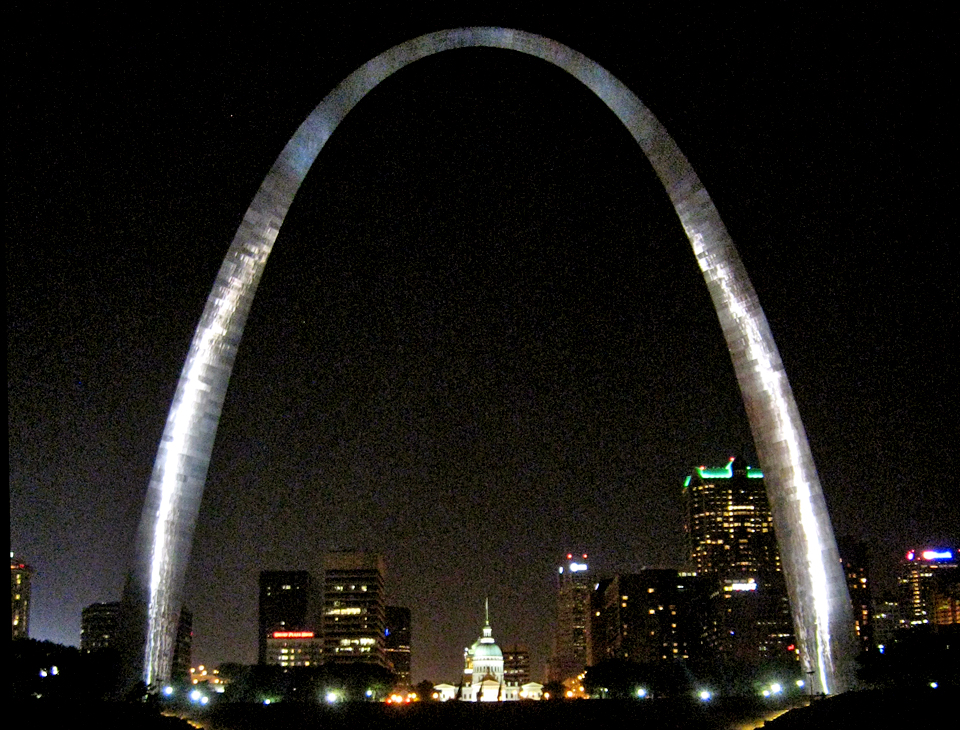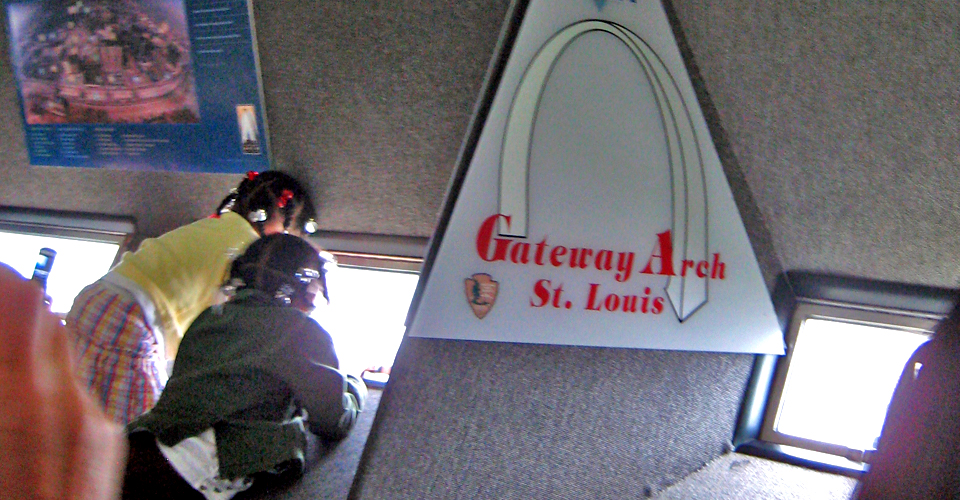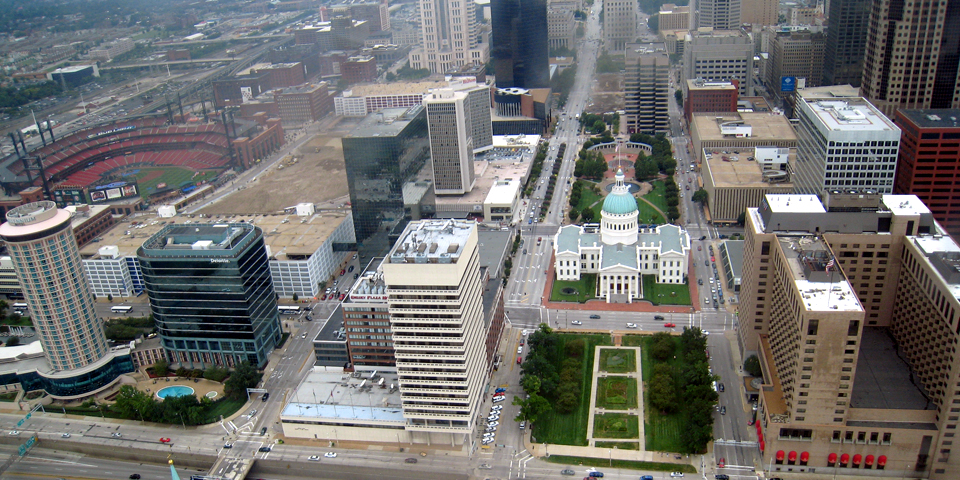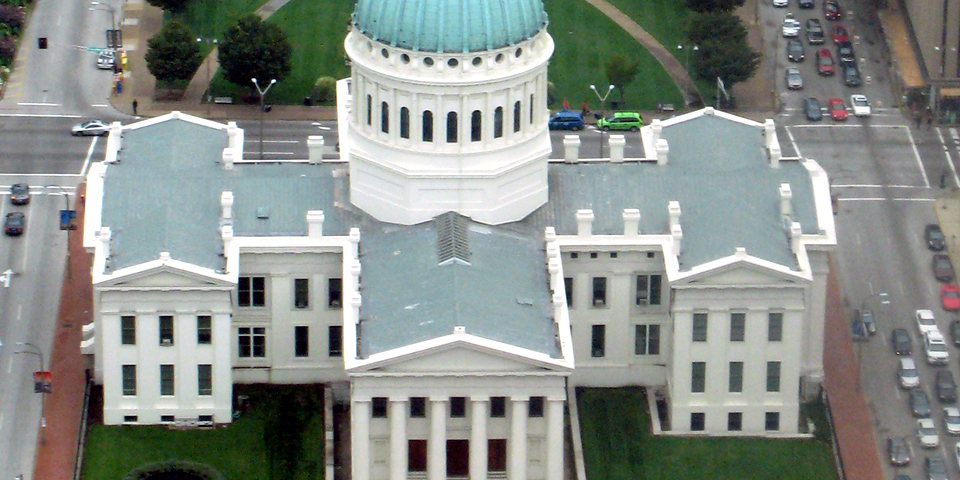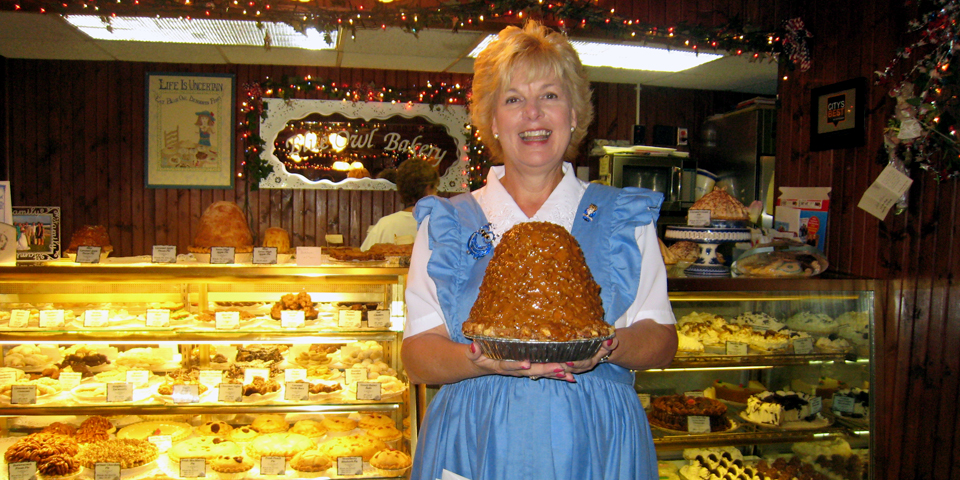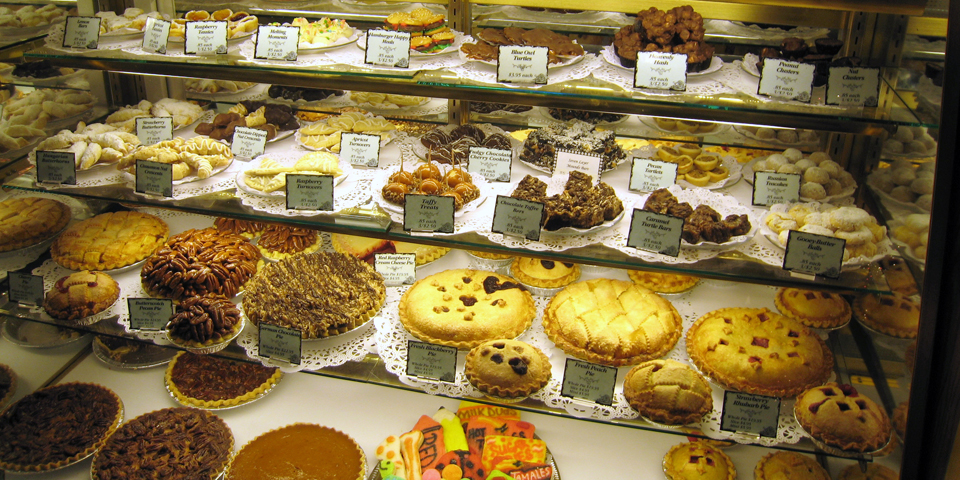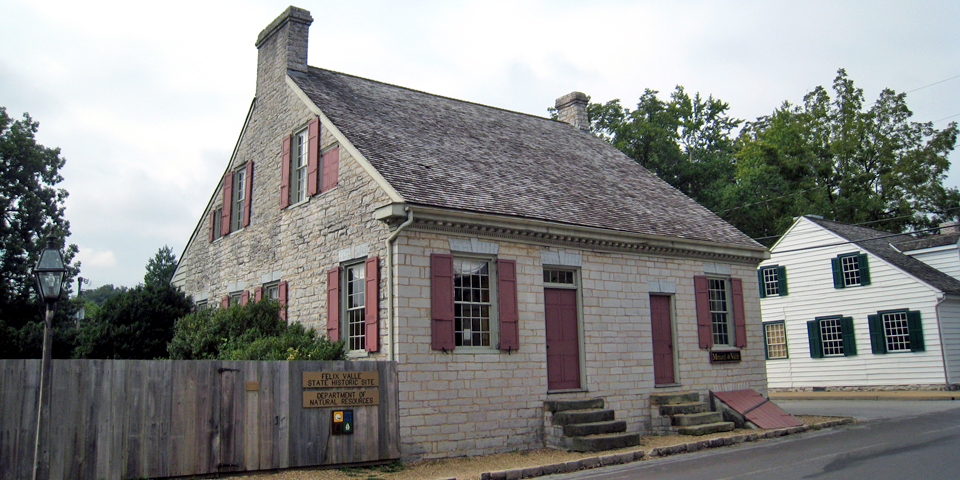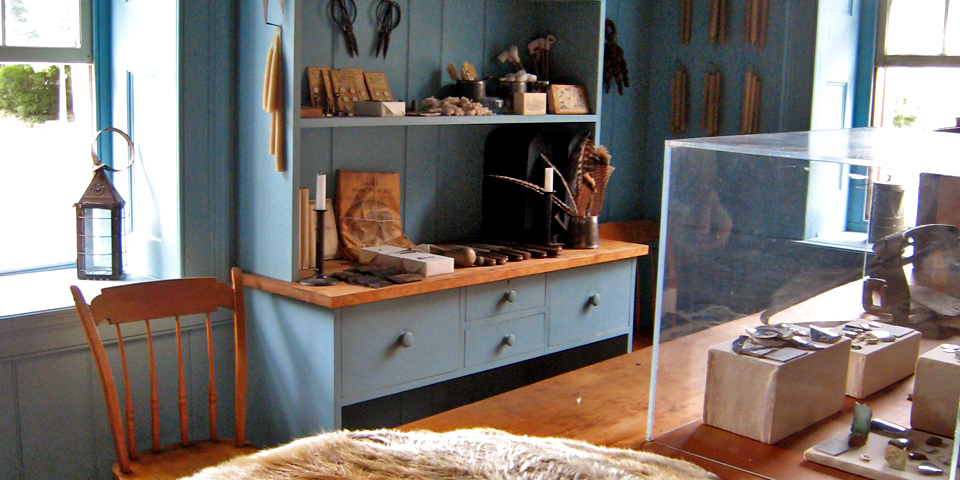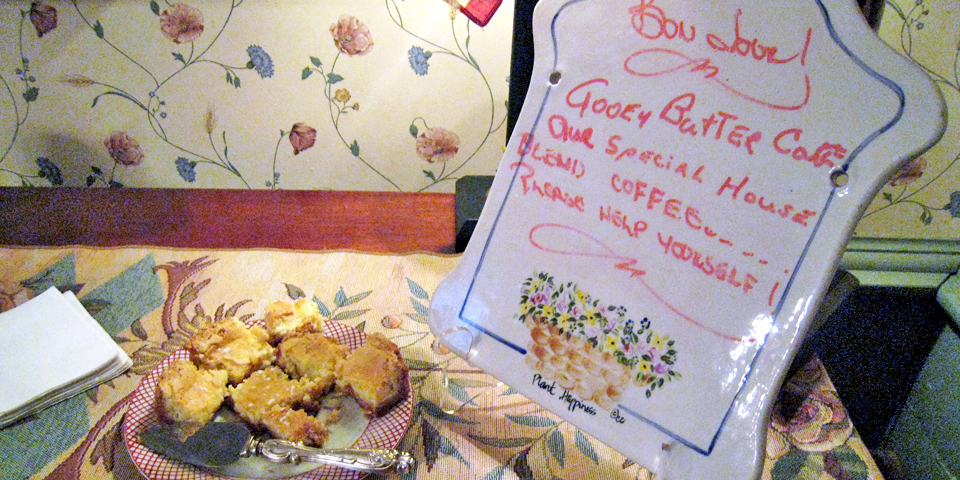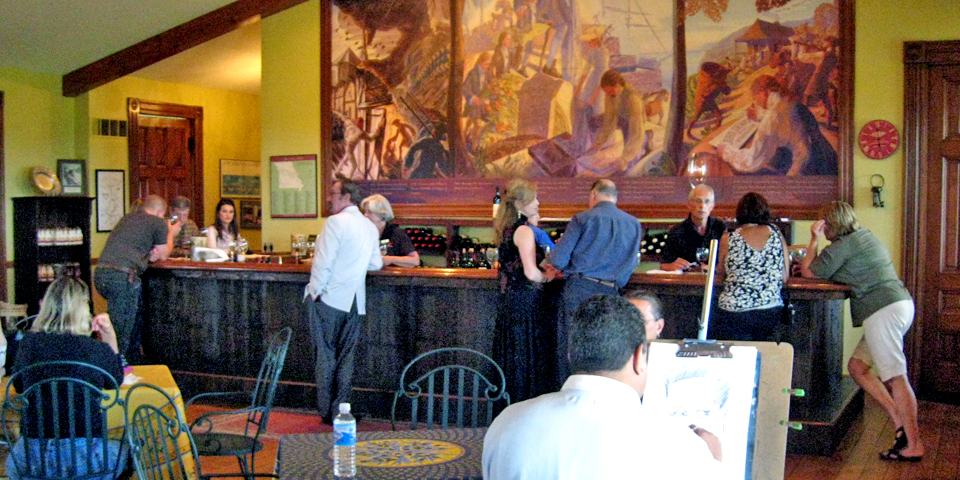Missouri: Gateway to the West
The longest river in the USA passes through the state that bears its name and meets with the mighty Mississippi, creating the largest river system in North America. These waterways attracted early Native Americans in dugout canoes, explorers of the West like Lewis and Clark, and the French fur traders like the Choteau dynasty that founded St. Louis and Kansas City as trading posts and dominated the fur industry.
Missouri, the only pro-slavery state north of the Mason-Dixon line, became a hotbed of violent border conflicts, and was at the heart of the Civil War (1861-1865). Towns on both sides of its border with Kansas were burned down, leaving fiery resentment. Nearly half a century later, when Missourian Harry S. Truman joined the military, his grandmother would not allow him in her house in what looked like Union blues.
Goin’ To Kansas City
When the first bridge across the Missouri River was built here in 1869, Kansas City became a railroad hub and a stockyard city that grew into one of the world’s major cattle markets.
Civic spirit ran high when William Rockhill Nelson ran the Kansas City Star. By 1900, Kansas City was the site of the Democratic National Convention. Colonel Thomas Swope donated his 1344 acre farm for a city park, and bequests by Nelson and Mary Atkins established the Nelson-Atkins Museum of Art, now one of the nation’s premier art museums.
“Boss Tom” Pendergast’s political machine was rife with violence, crime, and corruption. Kansas City’s dance halls, cabarets, brothels, gambling parlors and Prohibition-age speakeasies were legendary. There was, however, a silver lining.
12th Street alone once had over 50 jazz clubs, providing plenty of opportunity for black musicians like Bennie Moten and Count Basie to develop their unique style. This was a golden age of Kansas City Jazz (1920-1940) the city became a center for the arts known as “Paris of the Plains”.
Jazz and baseball greats once mingled at 18th & Vine jazz district, now the site of two uniquely Kansas City Museums. There’s music, local history and highlights of the jazz masters like Louis Armstrong and Duke Ellington at the American Jazz Museum. The Negro Leagues Baseball Museum features players like Jackie Robinson, who was recruited by the Brooklyn Dodgers from the Kansas City Monarchs and broke the racial barrier to the Major Leagues.
Until his conviction in 1939 on income tax evasion, Pendergast, owner of Readi-Mix Cement and other construction companies, benefitted from lucrative public works projects. The city boasted some of the finest Art Deco buildings in our nation, elegant tree-lined boulevards, European sculpture, and Moorish architecture of Country Club Plaza. Kansas City has been dubbed the “City of Fountains”, and with more than 200, there are more here than in any other city except Rome.
Once again, the city has been energized. In the Midwest’s largest redevelopment project, $5 billion was spent recently revitalizing the urban core.
Great tastes, sights and sounds
The stockyards have vanished but Kansas City’s reputation for steak continues in places like Plaza III, the Steakhouse, ranked one of the top ten steakhouses in the country.
There’s no shortage of Kansas City’s signature barbeque– slow smoked for up to 18 hours, usually over hickory. Best bests in this city with the most barbeque per capita are Fiorella’s Jack Stack Barbecue, Gate’s Bar-B.-Q., and Arthur Bryant’s. Try the burnt ends—a local favorite. Better yet, visit during the American Royal, the largest barbeque competition in the world.
Nearly a billion dollars was spent in the Power & Light District creating a hip new eight-block area with more than 40 restaurants and entertainment venues.
Picnic next to a giant shuttlecock at the Nelson-Atkins Museum of Art’s Sculpture Park. Admission to this renowned and expanded museum is free! Only the illuminating glass cubes of the innovative new Bloch Building are above the ground. The rest–the equivalent of a 67 story building lying on its side—is concealed beneath the earth.
Garth Brooks and Tina Turner performed at the opening of the 18,500 seat Sprint Center, which includes the high-energy interactive College Basketball Experience. A new Performing Arts Center is scheduled to open in 2010.
The free art gallery crawl the first Friday of every month in the Crossroads Arts District is one of the nation’s largest and most concentrated art walks.
There’s a bird’s eye view of the city when from the top of the 217’ tower at the National World War I Museum at Liberty Memorial, the only US museum dedicated to this war to end all wars.
It’s said that half the soldiers in the world wars passed through Union Station. This second largest working train station in the US is also a place to shop, dine, and learn about history and science. Concentric rings of pulsing water of the Bloch Fountain dance on a granite island in the median strip in front of Union Station. By night, the choreography is transformed with white lights.
Wonder how greeting cards are made? See artists at work at the Hallmark Visitors Center. The world’s largest greeting card company began when a teenaged J. C. Hall sold picture postcards cards he kept in a shoebox while living at the local YMCA.
Catch a glimpse of the 1850s when you explore the remains of a sunken steamboat at the Arabia Steamboat Museum. Until it was unearthed 132 years after it sank, the contents of the Arabia steamboat were unknown. Dave Hawley, pictured, is one of the team who resurrected the Arabia from what is now a farm field. Two hundred tons of goods — basic necessities and international treasures — were removed.
Explore a tropical rainforest starting in May– part of the $10.8 million expansion of the Kansas City Zoo.
Bewildered by the economy? The story of our U.S. financial system, currency and roles of the Federal Reserve are revealed in the new $200 million Federal Reserve facility’s Money Museum.
Just outside the city
Independence was founded by merchants supplying wagon trains of the Santa Fe Trail. Tour the Truman Museum and Library and modest home of our 33rd President. A relative of former First Lady Bess Truman began the Midwest Genealogical Center in the local library. Leila’s Hair Museum, the only museum in the world dedicated to art and jewelry made of human hair is also here.
Quintessential newsman Walter Cronkite was from nearby St. Joseph, but the town is best known as the start of the Pony Express, headquartered here, and the end of bank and train robber Jesse James, gunned down near the outlaw’s last home.
Ridin’ the Rails
After visiting Kansas City we boarded our train, Amtrak’s #314, the Missouri River Runner, for the six hour ride to St. Louis. Tales of the area’s past and present were part of our trip thanks to Barb and Dave Turner, volunteers with the Trails & Rails Program, a partnership between Amtrak and the National Parks Service. They brought photos and local artifacts and shared their knowledge of the area’s heritage.
We began in Union Station, where President-elect Harry S. Truman held up the Chicago Tribune headline “Dewey defeats Truman” for photographers. We traveled through crossroads of westward expansion headed for St. Louis, where a court case on slavery sparked the start of the Civil War.
Meet me in St. Louis, Louis
Made of 900 tons of steel and 300’ tall, the Gateway Arch is higher than any other monument in our nation. Ride the tram to the top of this “Gateway to the West” for a breathtaking view of the city and its river. Descend and discover its story with the movie “Monument to the Dream” and the Museum of Westward Expansion.
Also part of the Jefferson National Expansion Memorial is the landmark Old Courthouse where the Dred Scott trial brought his case for freedom, a case that went to the Supreme Court and hastened the Civil War.
Hungry? Toasted ravioli is a St. Louis treat, and you can savor it where it all began—at Charlie Gitto’s on the Hill. Ice cream cones originated here at the 1904 World’s Fair when a vendor ran out of cups and improvised with a twisted waffle.
Mid-February brings the second largest Mardi Gras in the USA and the Barkus parade, one of the largest pet parades in the world. It’s tail waggin’ fun in this county with an AKC Museum of the Dogs.
The red-hot blues scene peaks in this river city during the Big Muddy Blues Festival on Labor Day Weekend.
Outside St. Louis: French Colonial Country
Kimmswick
Drive or ride the Tom Sawyer Riverboat downstream from The Gateway Arch Riverfront to the quaint town of Kimmswick. Browse for gifts or antiques or tour the museum or Anheuser Museum and Estate. There’s an ice cream parlor and fudge shops, but the highlight is the award-winning restaurant and bakery featured on the Paula Dean Show.
It takes 18 apples—9 or 10 pounds– to make one of Mary Hostetter’s apple pies at Blue Owl Restaurant and Bakery. Her pecan pies are topped with a pound of nuts. There’s a special cake each day, and a great place to sample Gooey butter cake—a St. Louis tradition.
Lunch ranges from a man pleasin’ country fried steak, home made mashed potatoes and Texas home gravy to a strawberry salad overflowing with fresh ripe berries and candied almonds. Traveling alone? Join the 16 seat community table with the locals who line up for the best meal around.
Kimmswick has a Strawberry Festival the first weekend in June. The Apple Butter Festival— largest in the state– is in October. By late November the streets are decked out for the old fashioned Christmas celebrations.
Ste. Genevieve
Traveling south along the Mississippi we discovered the perfect weekend getaway– charming and historic Ste. Genevieve. Settled in the 1740s—well before the Louisiana Purchase (1803), families have been here for generations and the culture of the early French-Canadian settlers has been carefully preserved. Brick homes and shops are the legacy of German immigrants of the mid-1800s.
With narrow streets and fenced gardens, Ste. Genevieve has the greatest concentration of restored original French Colonial architecture in North America — in three unique styles. The Interpretive Center in the historic downtown lists places that shouldn’t be missed.
There are only five examples in the entire United States of vertical log construction with posts directly in the ground, “poteaux en terre”, and three are here in Ste. Genevieve. The Beauvais-Amoureux house on Ste. Mary Street is a fine example.
The authentically furnished Bolduc House was built in 1785 with its posts on a limestone foundation, “poteaux sur solle” and is surrounded by a unique stockade fence. It is the first authentic and essentially complete French colonial house of the Mississippi valley. Tours of this home of a lead miner, merchant, and planter who became a wealthy land and slave owner are run by the Colonial Dames.
The French-Creole-style Felix Vallé House, built “de pierre” (of stone), is furnished in early Empire-style with original mantles and interior trim. It is divided between living and merchant’s quarters, where fur and lead ore were traded for manufactured goods. It is one of only five examples of vertical log construction in the entire United States. The historic mercantile store of Menard and Vallé is authentically restocked and includes fur pelts.
Hungry?
The Anvil Restaurant & Saloon is a local favorite known for its onion rings. The bar came to this former saloon from a steamboat stuck on a sandbar in 1855.
For a genteel form of hospitality, book a room at the 200 year old landmark, The Southern Hotel, the longest operating lodging establishment west of the Mississippi. Sip early morning coffee in the lovely garden, enjoy the local specialty, gooey cake. Relive Mississippi riverboat days when this was considered the finest accommodations between Natchez and St. Louis.
Guests pass through saloon doors to relax in one of the Victorian parlors or play pool on an 1875 pool table.
Each of the eight guest rooms is distinctively furnished with the owners’ collection of antiques and works by local artists and artisans. The Southern Hotel has been voted one of the most romantic inns in the USA.
The region’s limestone is also good for vineyards. Ste. Genevieve’s Wine Trail, “Route du Vin”, takes you to Chaumette Winery, named by owner Hank Johnson for ancestor Jean de la Chaumette, who fled England when Louis XIV issued the Edict of Nantes. Hank Johnson’s children are depicted in the mural in his Tasting Room.
This rapidly expanding family-run endeavor began when this retired Vice-President of a St. Louis insurance brokerage put in vines to avoid mowing. It has grown into a destination vineyard with award-winning wines (Be sure to try the Chardonel and Chambourcin) a tasting room, popular restaurant, wedding facilities, spa, and villas that replicate style of the vertical log homes of 1780 Ste. Genevieve.
To continue your food and wine experience, head for the wine trail in Hermann and sample fruits fresh from the orchard in Waverly.
Go west, young man (John B. L. Soule, 1851)
Hitch your wagon and head for Gateway to the West, Missouri. Let the Show Me State show you how the pioneering spirit and the dreams of the wild frontier have come alive.

